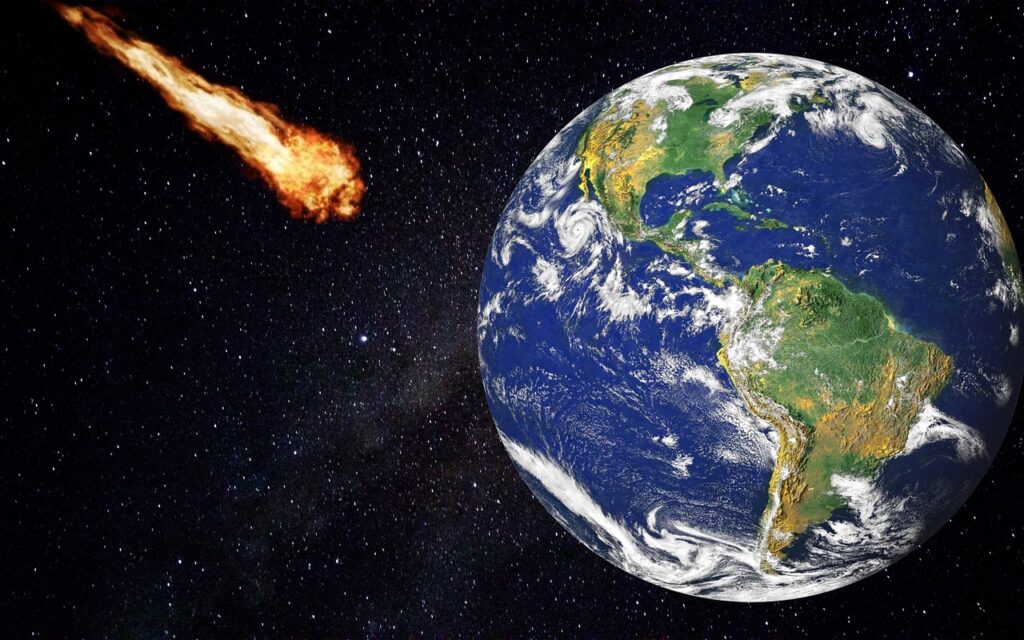Imagine a space rock the size of a small city hurtling toward Earth at breakneck speed, carrying with it the power to end an entire geological era. That’s exactly what happened sixty-six million years ago when the Chicxulub asteroid transformed our planet in ways that still echo through time. The sheer magnitude of destruction that followed this cosmic collision makes it history’s most devastating natural disaster, leaving no corner of Earth untouched by its catastrophic effects.
The Asteroid That Rewrote Earth’s Story

The Chicxulub impactor was a massive asteroid approximately ten to fifteen kilometers in diameter that struck Earth with unimaginable force. Racing through space at more than twenty-five kilometers per second, this cosmic projectile carried the destructive potential of tens of thousands of nuclear weapons. What made this particular impact so devastating wasn’t just its size, but the perfect storm of circumstances surrounding its arrival.
Scientists now know this was a carbonaceous chondrite asteroid, a C-type space rock originally formed in the outer Solar System beyond Jupiter’s orbit. These carbon-rich asteroids are particularly volatile when they impact planetary surfaces, creating conditions far more catastrophic than typical rocky meteorites. The timing and location of this cosmic collision couldn’t have been worse for life on Earth.
Ground Zero: The Birth of a Killer Crater

When the asteroid struck the Yucatan Peninsula, it created a crater estimated to be 200 kilometers in diameter and 20 kilometers deep. The collision released energy equivalent to 100 teratonnes of TNT, more than a billion times the power of the atomic bombings of Hiroshima and Nagasaki. The impact site became a hellish landscape of molten rock and vaporized earth within seconds.
The initial blast created winds exceeding 1,000 kilometers per hour near the impact center and carved out a transient cavity 100 kilometers wide and 20 kilometers deep. A massive plume of 25 trillion metric tons of molten material shot into the atmosphere, with temperatures several times hotter than the surface of the sun, some material even escaping into space. This wasn’t just an explosion; it was the birth of a geological catastrophe that would reshape the entire planet.
Tsunamis That Dwarfed All Others
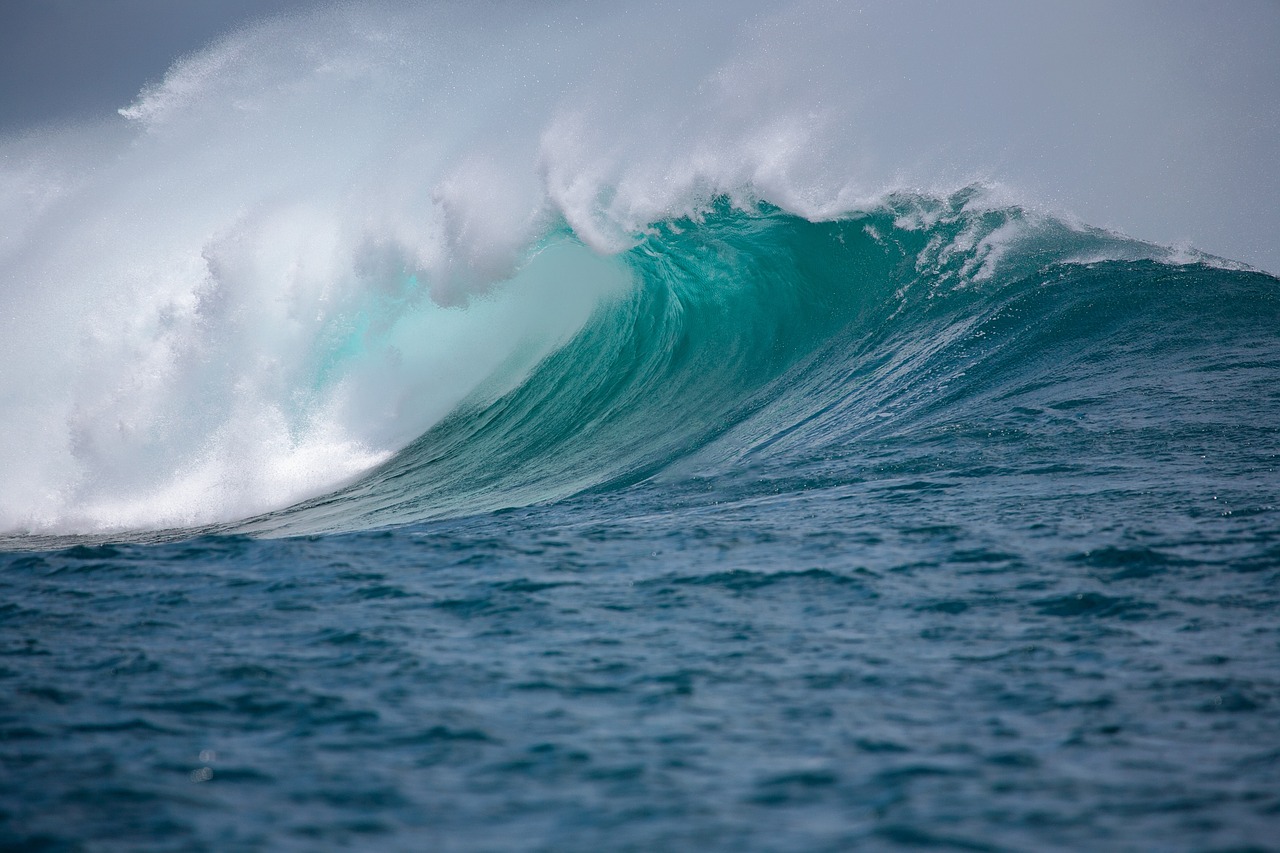
The impact triggered megatsunamis over 100 meters tall, with simulations suggesting the immediate waves may have reached heights of up to 1.5 kilometers. This global tsunami was 30,000 times more energetic than any modern earthquake-generated tsunami, including the devastating 2004 Indian Ocean event. These weren’t ordinary waves – they were walls of destruction that circled the globe.
The tsunami waves carried enough power to cause catastrophic flooding on virtually all world coastlines. The waves scoured the sea floor, creating ripples underneath what is now Louisiana with wavelengths of 600 meters, and reached as far as Texas and Florida, possibly disturbing sediments 6,000 kilometers from the impact site. Even continents halfway around the world felt the fury of these prehistoric mega-waves.
Earthquakes That Shook the World for Months

The Chicxulub impact generated seismic pulses equivalent to magnitude 10 to 11 earthquakes, far exceeding the most powerful quake in human history. The seismic energy was 50,000 times greater than that produced by the devastating 2004 Sumatra earthquake. But what makes this even more terrifying is how long the shaking continued.
Evidence from rock formations shows that the ground continued shaking for months after the initial impact, with earthquake effects lasting even as vegetation began to recover six months to a year later. The shockwave from the asteroid triggered additional earthquakes and volcanic activity around the world. It was as if the entire planet had been struck like a massive bell, reverberating with seismic energy for an unprecedented length of time.
The Nuclear Winter That Lasted Years

In the first year after impact, global temperatures plummeted by more than 10 degrees Celsius due to a combination of dust, soot, and sulfur blocking sunlight. Fine dust particles created a blanket in Earth’s atmosphere that stopped plants from photosynthesizing for up to two years, starving species that depended on them. This wasn’t just a brief cold snap – it was a prolonged global winter that fundamentally altered Earth’s climate systems.
The sulfur-rich materials ejected into the atmosphere created acid rain while sulfate aerosols had a cooling effect in the upper atmosphere. Superheated winds and molten rock raining from the skies caused wildfires across 70% of the world’s forests. The combination of these effects created a planetary environment hostile to most forms of life.
Mass Extinction: Nature’s Greatest Die-Off

The devastation and climate disruption from the impact caused a mass extinction of 75% of plant and animal species on Earth, including all non-avian dinosaurs. All land animals weighing over 25 kilograms died out completely. This wasn’t selective killing – it was an indiscriminate planetary purge that reset the course of evolution.
While plants were less affected than animals due to their seeds and pollen surviving harsh conditions, the extinction still fundamentally changed Earth’s ecosystems, with flowering plants becoming dominant after the event. Though many major animal groups suffered extinction, the surviving lineages that led to modern animals managed to persist, with birds being the only dinosaur descendants to survive. The world that emerged from this catastrophe was utterly transformed.
Global Firestorms and Atmospheric Chaos
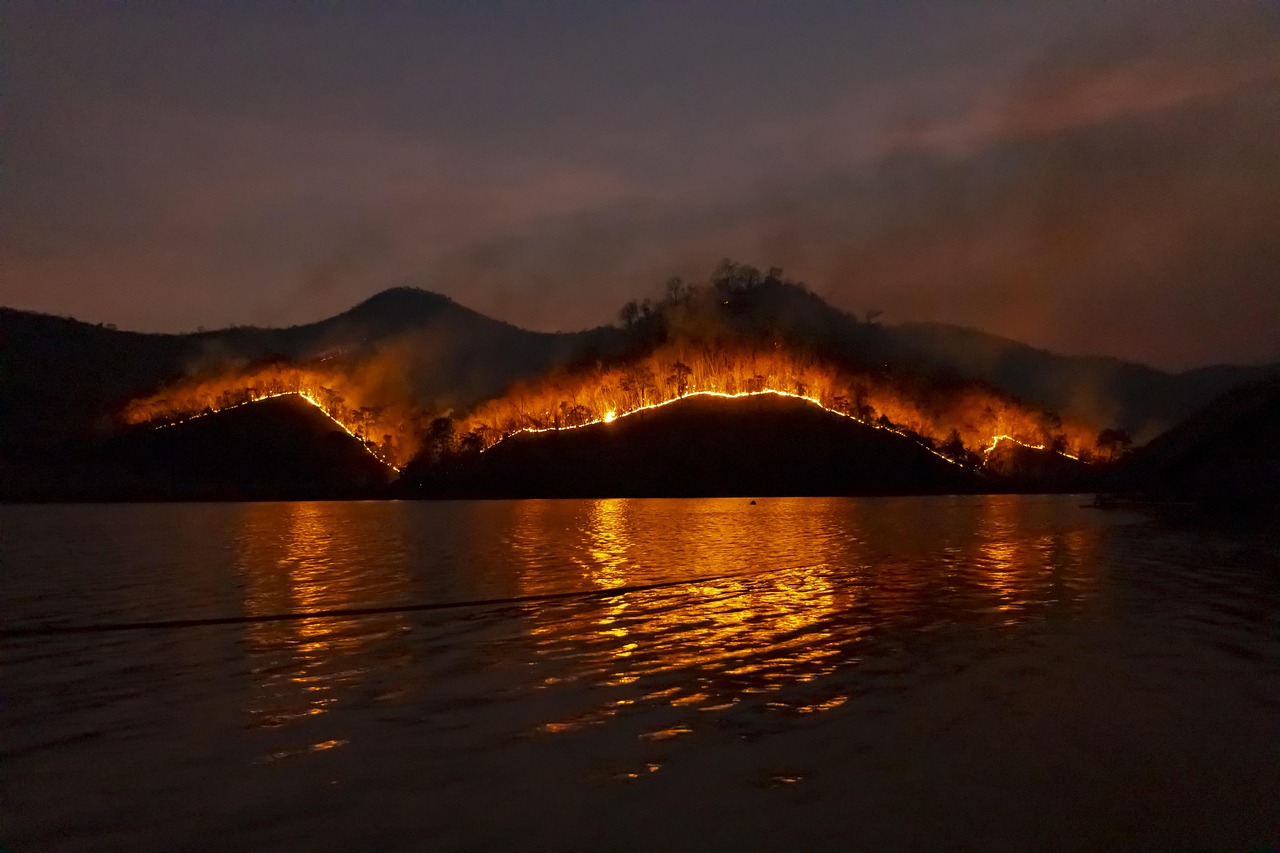
The impact caused wildfires across roughly 70% of the world’s forests, with superheated material from the impact plume incinerating everything within a radius of more than 1,000 miles. Scientists have found evidence of carbon from these massive firestorms in deep ocean sediments, showing how the fires’ debris was dragged out to sea by post-impact tsunamis. The scale of these fires was unprecedented in Earth’s history.
The atmospheric effects went far beyond simple cooling. Because the impact occurred in sulfur-rich sedimentary rocks containing gypsum, massive amounts of sulfur compounds were ejected into the atmosphere along with water vapor. This chemical cocktail created conditions similar to a nuclear winter, but one that persisted for years rather than months.
Tectonic Chaos: Reshaping the Planet’s Foundation
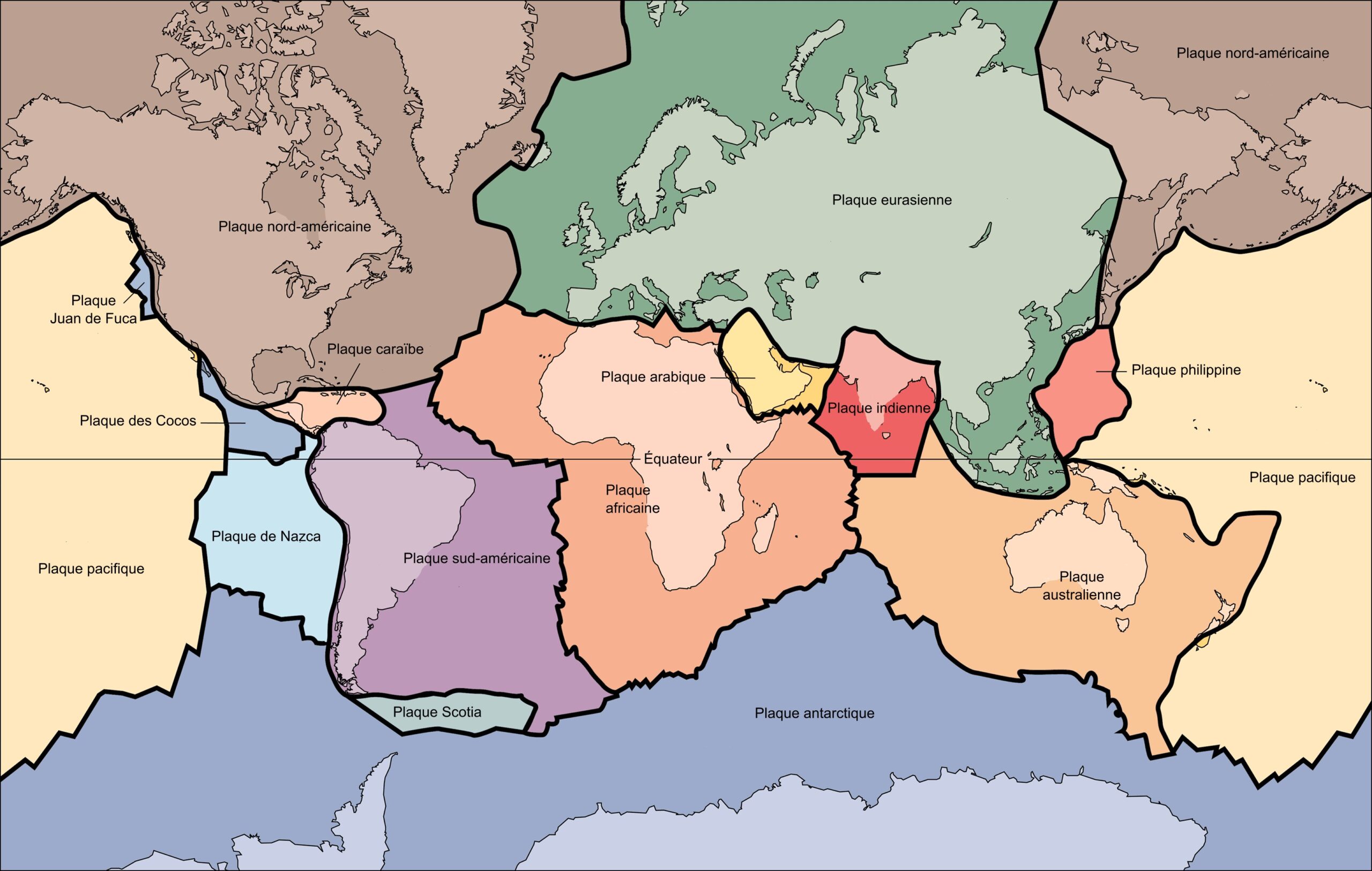
The impact marked a tectonic turning point worldwide, coinciding with the termination of seafloor spreading in the Caribbean Ridge and triggering intensive Paleogene volcanism. These changes happened simultaneously with anomalously high mid-ocean ridge magmatism worldwide and abrupt changes in the relative motion between major tectonic plates. The asteroid didn’t just affect the surface – it disturbed the very foundations of the planet.
Numerical models show that the impact enhanced deformation patterns extending roughly 500 kilometers from the crater while modifying underlying mantle flow fields and contributing to long-term dynamic changes driven by seismic effects. This suggests the Chicxulub impact had consequences that rippled through Earth’s geological systems for millions of years.
The Ultimate Proof: Finding the Smoking Gun
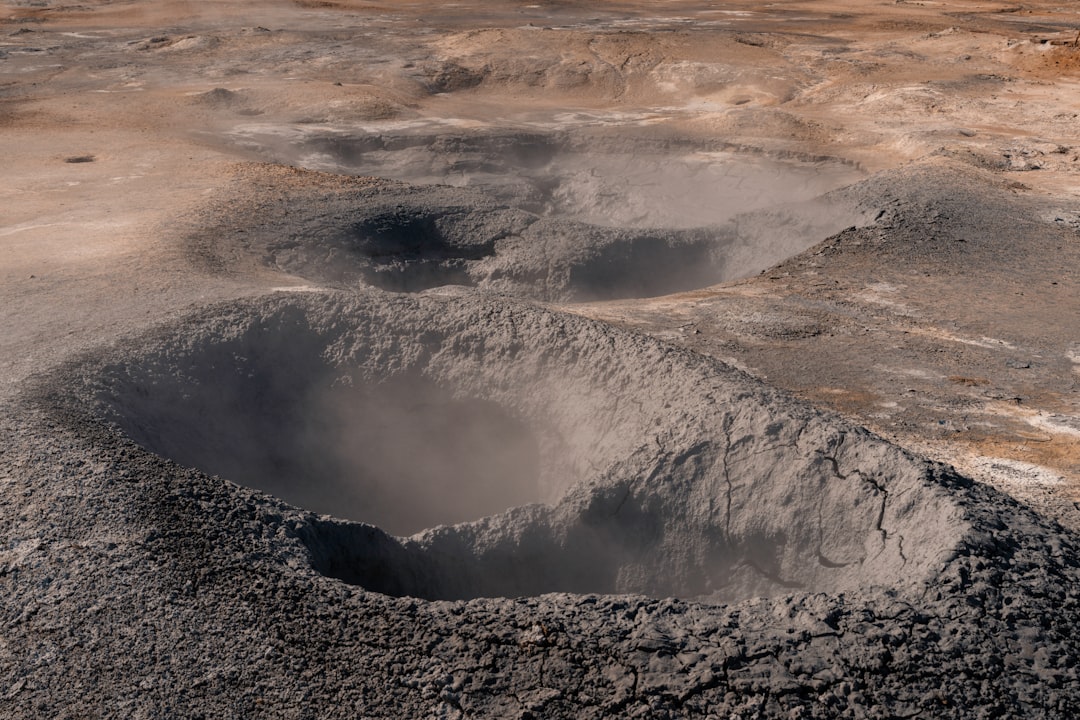
Recent drilling into the crater itself has provided the ultimate evidence, with rock core samples containing the highest concentrations of iridium-peppered rock mixed with impact ash and ocean sediment, creating a chemical fingerprint that matches asteroid dust found globally. The discovery of thin layers of iridium in rocks worldwide from 66 million years ago provided the first clues, since iridium is rare in Earth’s crust but abundant in asteroids and meteorites.
Tests on samples from the impact boundary revealed tektite glass, formed only in the extreme heat of asteroid impacts and high-yield nuclear detonations. The scientific evidence has transformed from hypothesis to undeniable fact, with every new discovery reinforcing the catastrophic nature of this cosmic collision.
Conclusion: A Planet Forever Changed

The Chicxulub impact stands as the ultimate testament to how a single moment can alter the trajectory of an entire planet. This wasn’t just the end of the dinosaur era – it was a complete reset of Earth’s biological, geological, and atmospheric systems. The scale of devastation was so comprehensive that it touched every corner of our world, from the deepest ocean basins to the highest atmospheric layers.
Perhaps what’s most sobering is how this disaster demonstrates the fragility of life on Earth and the awesome power of cosmic forces. The impact reshaped continents, triggered global climate change, and fundamentally altered the course of evolution in ways we’re still discovering today. When we look at our modern world, we’re essentially seeing the long-term aftermath of that one catastrophic day sixty-six million years ago. Did you expect that a single asteroid could literally rewrite the rules of an entire planet?

